Africa's most anticipated broadband internet projects
Several high-profile companies are working on projects to plug existing gaps in the continent's internet space
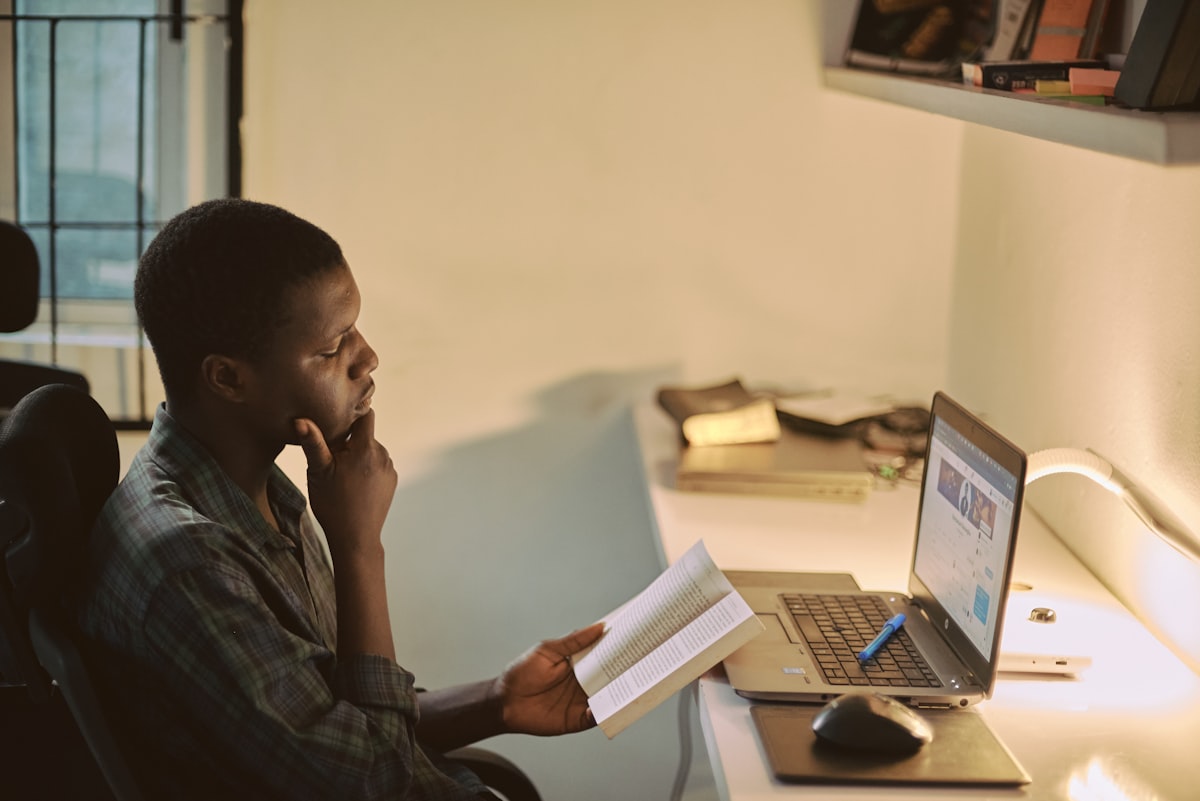
The growth of Africa’s digital space has been nothing short of fast-paced, having rapidly improved hundreds of millions of lives and transformed scores of societies.
Through better data use, as opposed to fossil-based technologies, the continent’s opportunity to become more sustainable and economically prosperous lies chiefly in digitization.
Despite meteoric adoption, the digital divide remains one to contend with. Less than a third of the populace have broadband access. 21 of the world’s 25 least connected countries are located herein, and 300 million Africans reside over 50 km away from a fiber or cable internet connection.
With the potential of the internet ecosystem becoming more glaring, several high-profile companies are rising to the occasion with the aim of plugging existing gaps.
As the number of local internet users grows, the need for more broadband initiatives has taken upstage, drawing the attention of deep-pocket global infrastructure builders.
These highly anticipated projects, when finalized, would bring an end to slow internet speeds, inconsistent coverage and expensive data prices.
Taara

Google’s parent firm, Alphabet, developed Taara in the stables of its X moonshot factory as an offshoot of a more expensive, now-defunct initiative known as Loon, which used stratospheric helium balloons to spread wireless internet.
Though Loon was truncated in January 2021, some of the free space optical communications (FSOC) technology used was retained to provide high-speed broadband services to areas in dire need of them.
The first time Taara links were tested, it served 700 terabytes of data, enough to watch a FIFA World Cup match in HD 270,000 times in 20 days with up to 99.9% consistency. These links were beamed across the Congo River to bridge a persisting connectivity gap between Brazzaville in Congo and the Democratic Republic of Congo.
Alphabet is joining forces with telecom operators in parts of Africa and India to expand coverage to some of the world’s remotest areas and is reportedly making progress. As of now, Taara has been deployed in 13 countries, on the back of deals with operators like Liquid Telecom, ISP Bluetown, Digicel, and Bharti Airtel.
Aerostats
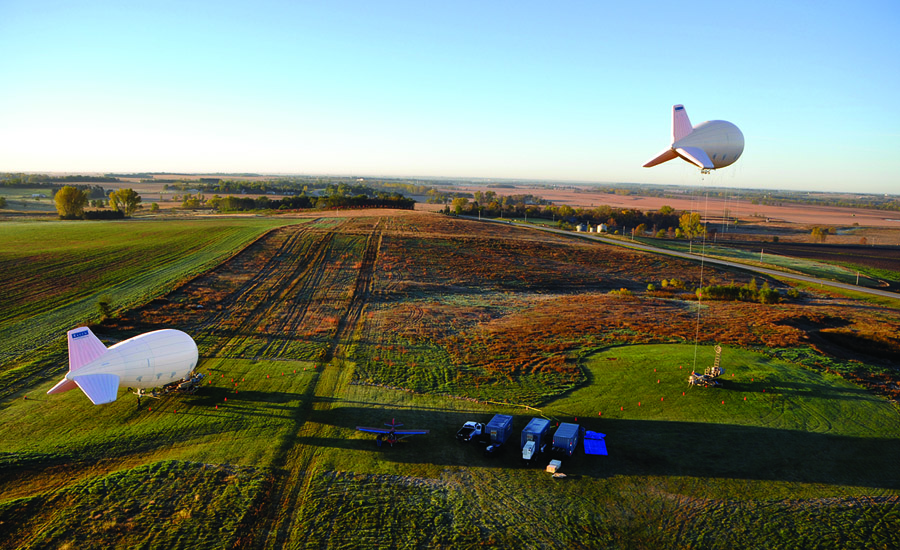
Backed by venture funding behemoth SoftBank, tethered balloon specialist Altaeros has become one of the world’s best-known builders of high-altitude internet connectivity.
To bring people in far-flung areas online, the company sends solar-powered blimps 244 to 259 meters (or 800 to 850 feet) into the atmosphere.
In January 2022, Altaeros partnered with World Mobile, a blockchain-based telecoms firm, to provide balloon-based wireless connectivity called Aerostats, with plans to fly them into the continent. The agreement’s first point of call was Zanzibar, an independent island off the coast of east-central Africa.
Aerostats, also called SuperTowers, can cover up to 8,000 sq km with 3G and 4G, the same area as 15 terrestrial cellphone towers.
Tests are being conducted in Zanzibar and Pemba, where helium-filled blimps are providing browser and email access for communities on both islands. When successful, the project would be scaled across the continent.
Airband
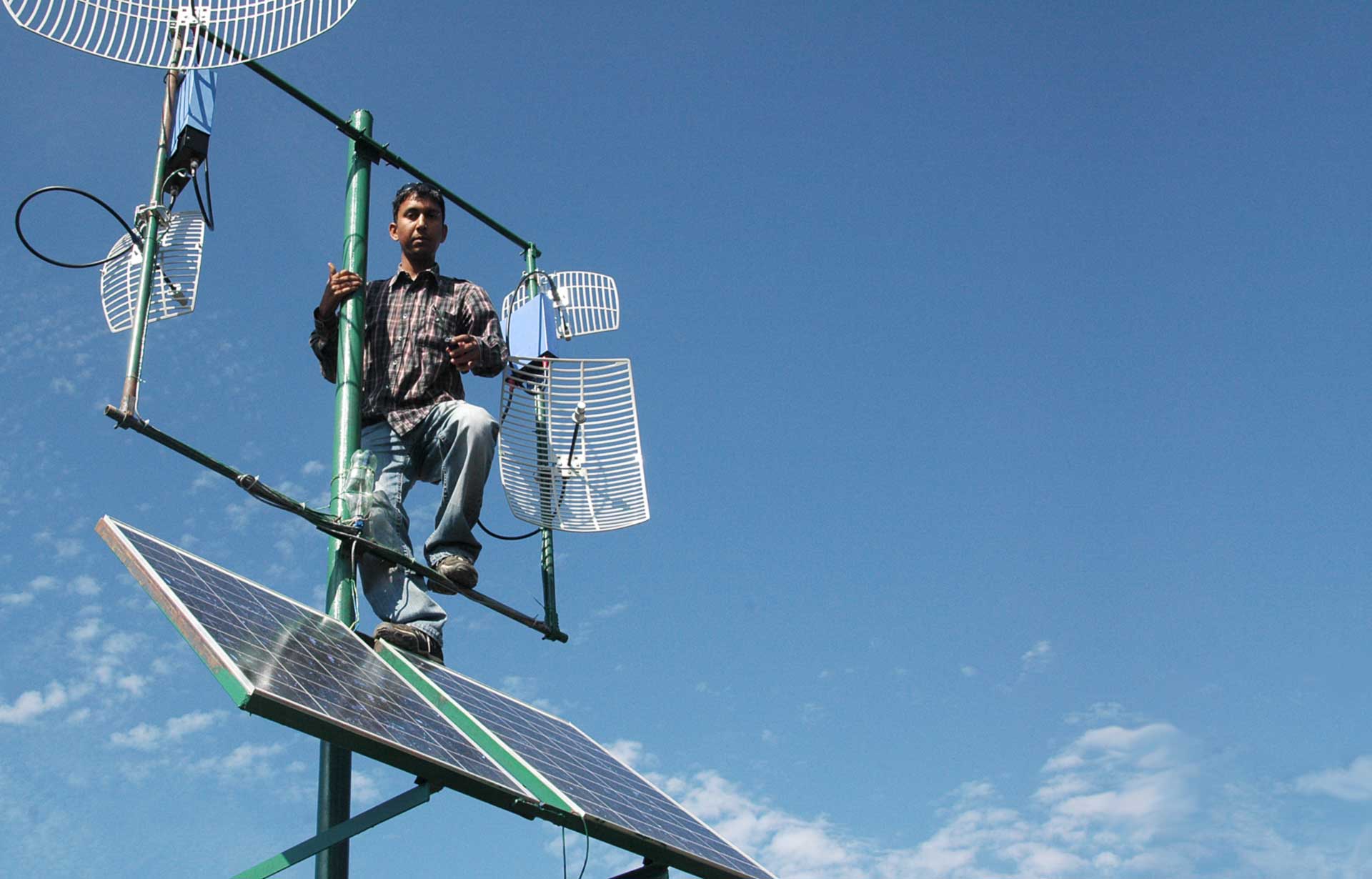
During a Joe Biden-led December 2022 Washington summit with African leaders, tech giant Microsoft revealed its plans to begin deploying a satellite internet project in parts of Egypt, Senegal, and Angola.
This effort is part of the multinational’s Airband Initiative, which seeks to provide internet access to hundreds of millions globally come 2025.
In May 2023, Microsoft announced fresh and expanded partnerships to bring Airband to 40 million people in Africa and Latin America, including Côte d’Ivoire, Kenya, Nigeria, Tanzania, Uganda Brazil, Chile, Colombia, and Guatemala. It tied up with Mawingu, Liquid Intelligent, Viasat, and Tizeti to make it possible in these parts.
Launched in 2017, Airband’s first focus was tapping unused broadcast frequencies between TV channels to deliver enhanced internet connectivity in the United States.
Since then, it has upped its global presence and developed a multi-tech, multi-frequency approach to deliver connectivity based on what suits each region served, whether fixed wireless, fiber optic, citizens broadband radio service (CBRS) or satellites.
2Africa
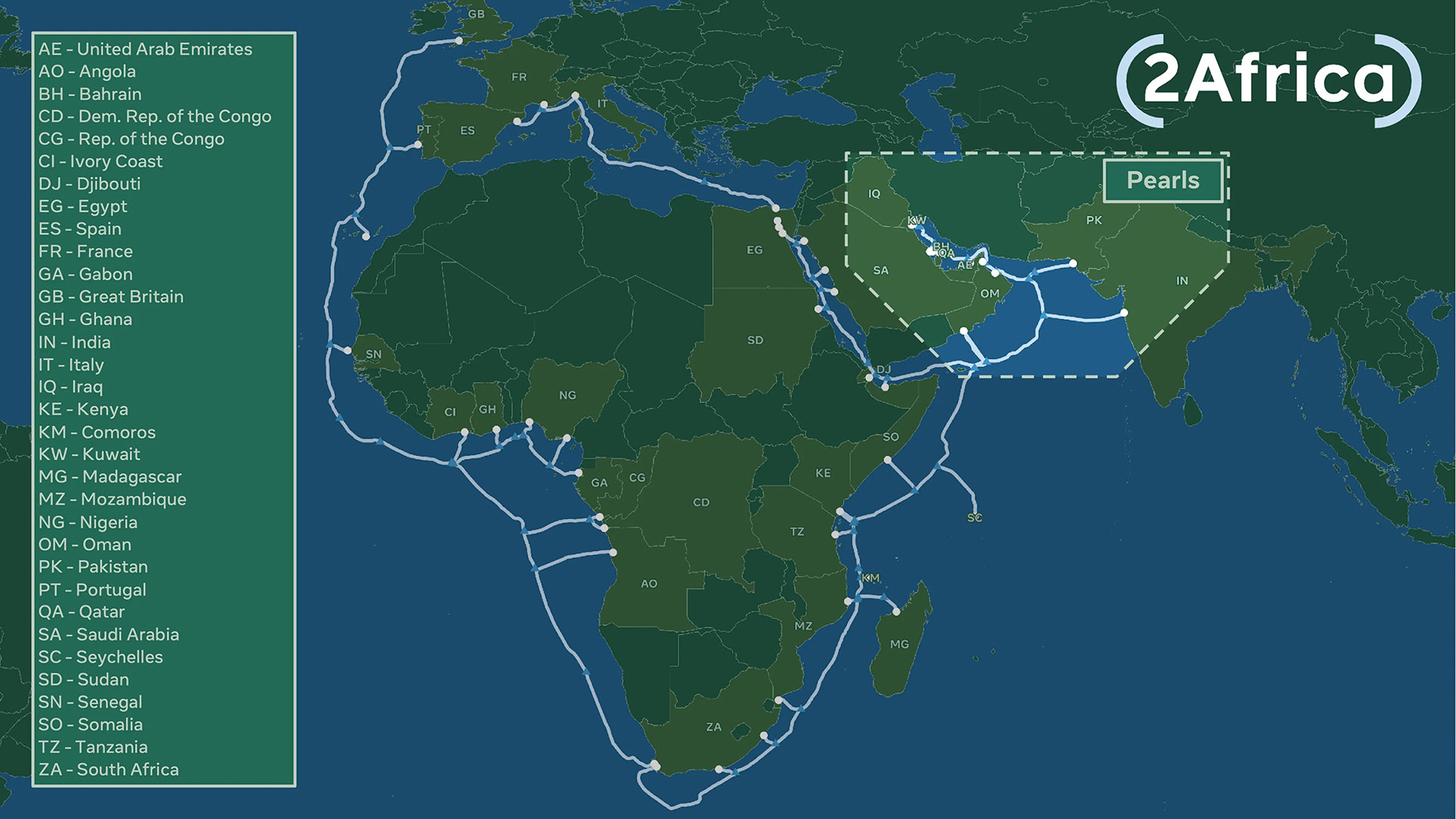
As part of Meta’s commitment to bringing more people online to a faster internet, it partnered with some of the world’s leading telecom operators to build out 2Africa, the world’s most comprehensive subsea cable system.
The (transformational) project is one of the largest of its kind and will connect 23 countries in Africa, the Middle East, and Europe.
The consortium, comprising Telecom Egypt, China Mobile International, MTN GlobalConnect, Orange, STC, Vodafone, and the West Indian Ocean Cable Company (WIOCC) has made progress in deploying the undersea line.
It debuted in May 2020 and made its first landing in Genoa, Italy in April 2022. Since then, it has touched down in dozens of African and extra continental locations, including Djibouti, Egypt, South Africa, Kenya, Nigeria, Saudi Arabia, France and Spain.
37,000 km long, 2Africa stretches almost as much as the earth’s circumference. Upon completion, it would provide thrice the combined network capacity of the subsea cables currently serving Africa, deliver high-speed internet capacity of up to 180 terabytes per second, and support the growth of 4G/5G broadband access.
Expectations are that it would go live later this year.
Equiano
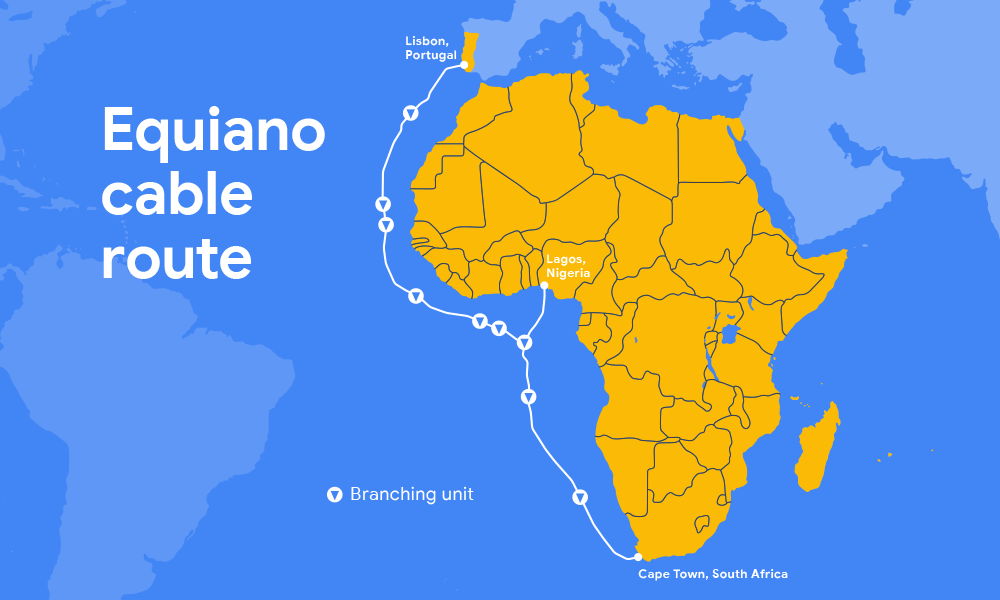
Another undersea system, Equiano is the third private international cable owned by Google. It connects from Sesimbra in Portugal to Cape Town in South Africa but has landings in key locations like Lagos, Nigeria; Lomé, Togo; Swakopmund, Namibia; and Rupert’s Bay in the islands of St Helena.
Named after Olaudah Equiano, a Nigerian-born writer and abolitionist enslaved as a boy, the 15,000 km project was first announced in June 2019 and was scheduled to go live in 2021.
However, the coronavirus pandemic delayed the launch to September 2022, when it reached its final destination in South Africa. Reportedly, it has been ready for service since March 2023.
The state-of-the-art infrastructure is based on space division multiplexing (SDM) tech, with 12 fiber pairs and a design capacity of 144 terabytes per second. This means Equiano has 20 times more capacity than the last undersea cable built to service Africa.
In addition, it is the first subsea cable to incorporate optical switching at the fiber-pair level.







Comments ()